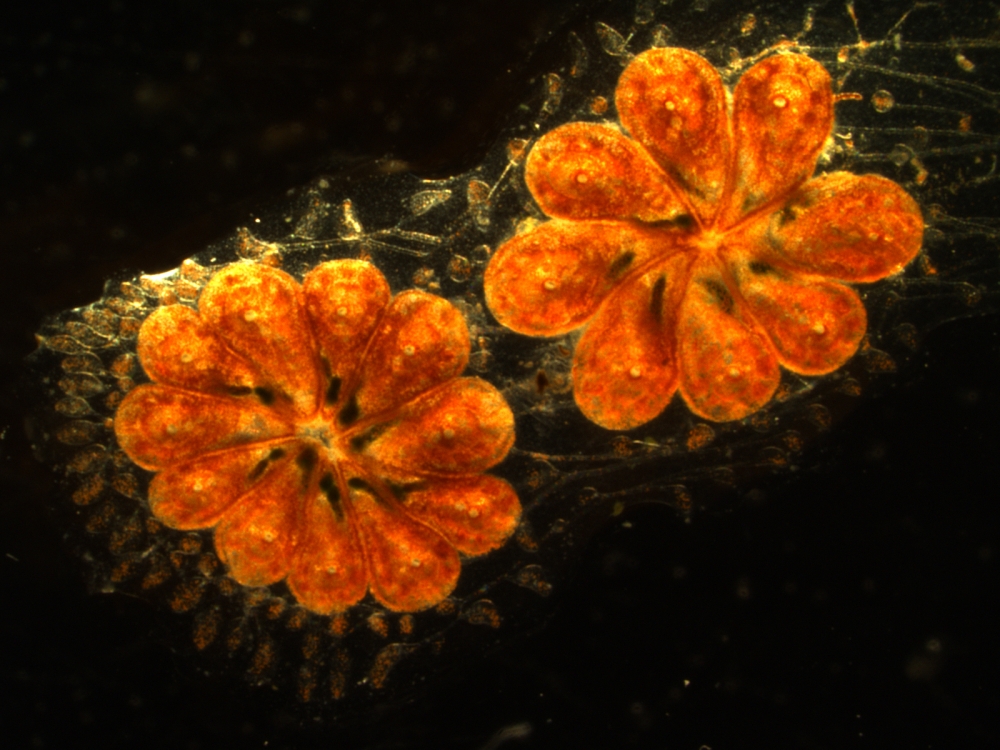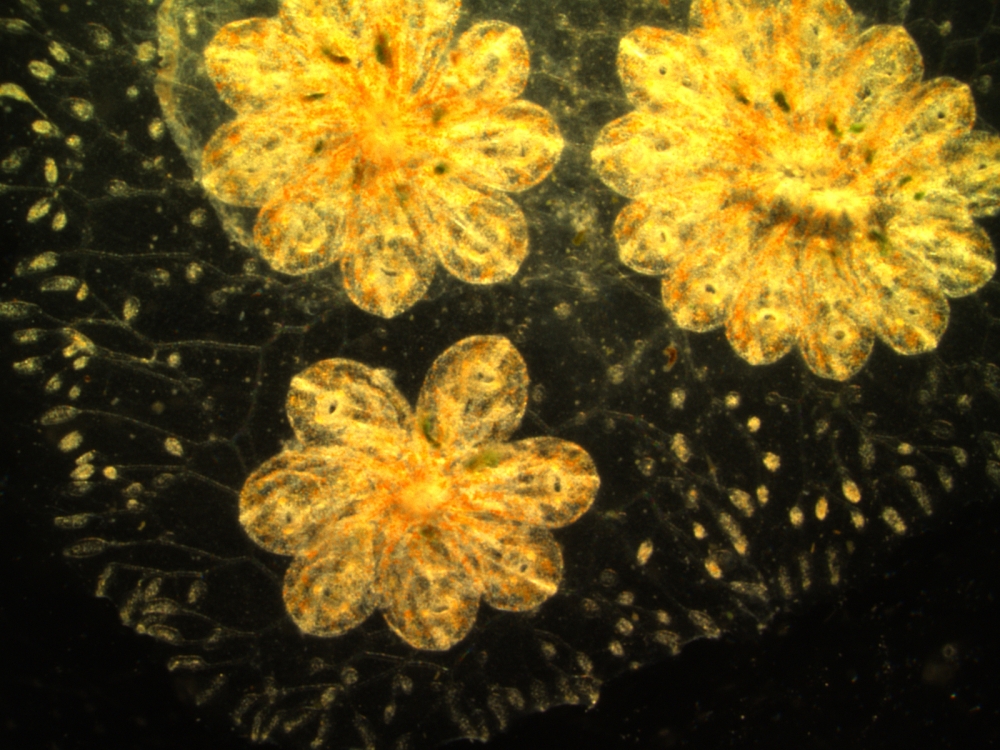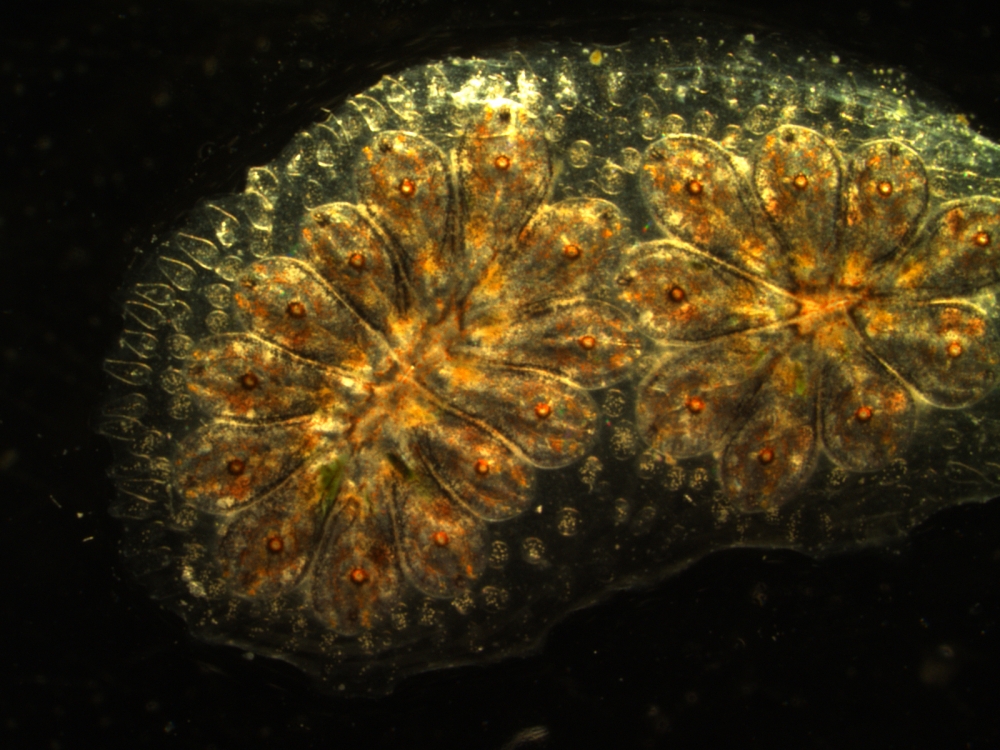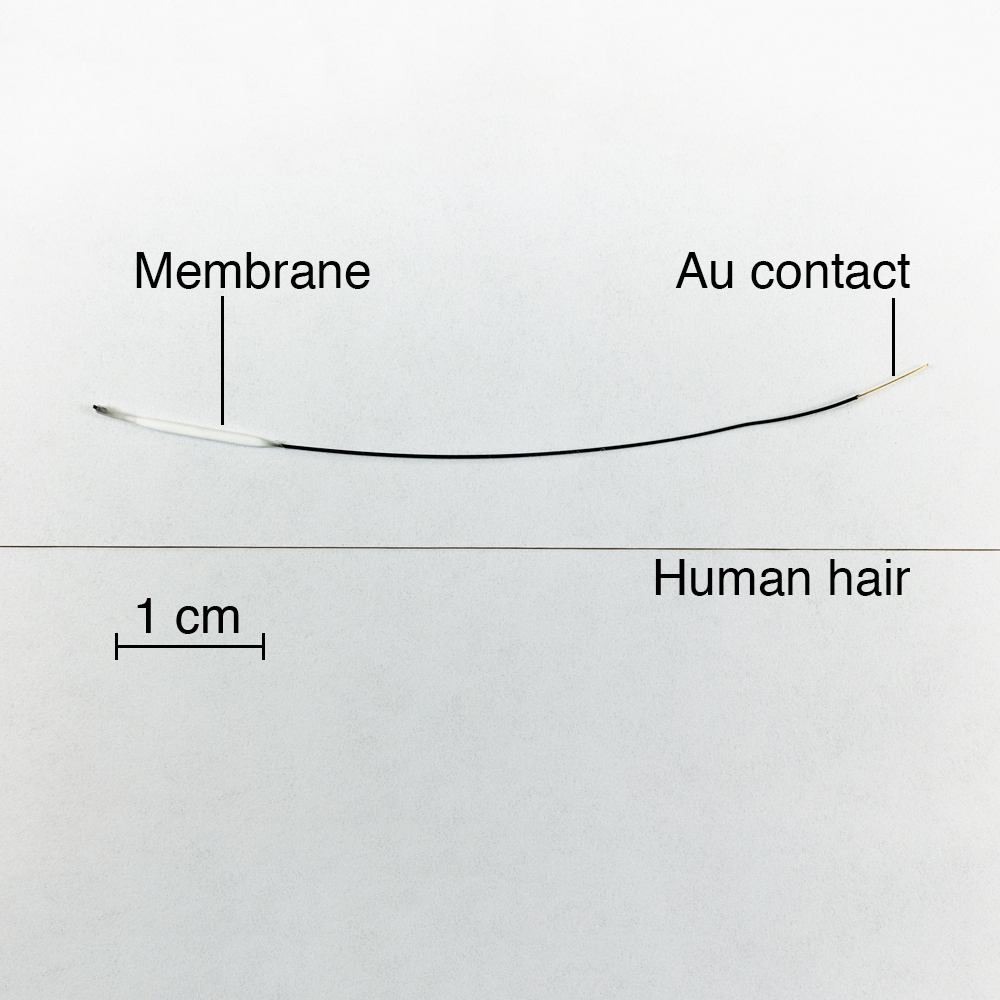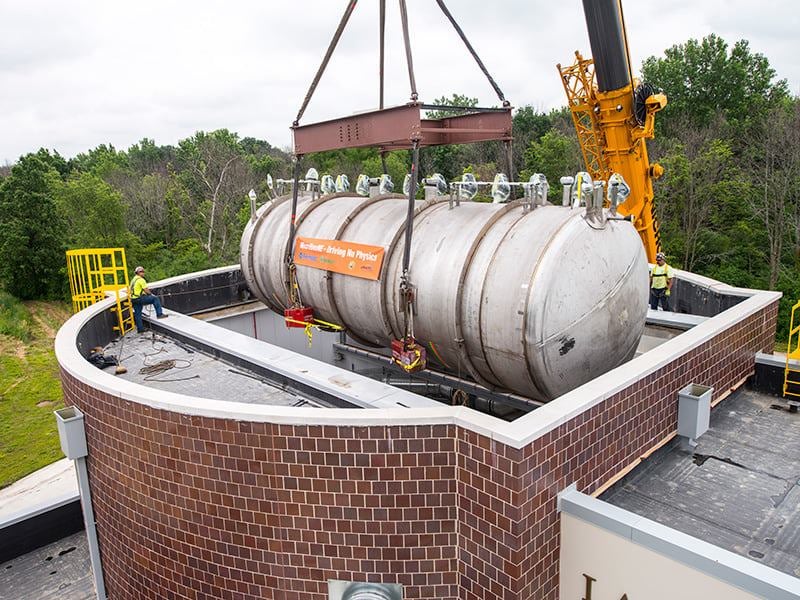At the Junction of Science and Engineering
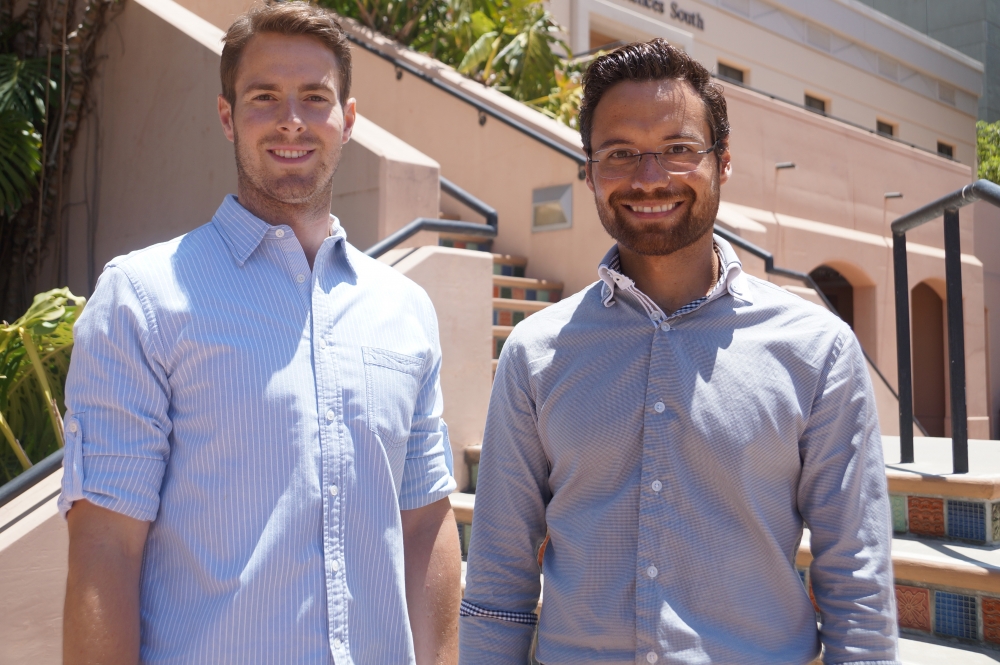
Science and engineering are like fraternal twins, separate and distinct but born of the same stuff. At the interface of these related disciplines new discoveries await.
Two UC Santa Barbara postdoctoral fellowships administered by the independent Santa Barbara Foundation support such cross-disciplinary research: The Otis Williams Postdoctoral Fellowship funds research at the interface of biology and engineering, while the Tri-Counties Blood Bank (TCBB) Postdoctoral Fellowship sponsors biomedical research related to blood and blood banking.
This year’s recipients, Netz Arroyo and Scott Boyer, are engaged in projects with seemingly endless potential.
Netz Arroyo
Working in Kevin Plaxco’s group in the Department of Chemistry and Biochemistry, Arroyo, winner of the Williams fellowship, has redesigned an electrochemical sensor that measures conformational changes in biomolecules such as DNA, RNA and proteins when they react with target molecules present in blood samples. This has the potential to shed light on biological factors related to drug addiction.
Arroyo’s redesign incorporates a miniature membrane that eliminates interference from blood cells. “The sensors are working,” Arroyo said, “so the next step is to fully characterize the system to make sure it works every single time, then understand the pros and cons and from there go one step forward and begin experiments with animals.”
As the two-year project progresses, Arroyo will test these sensors in collaboration with the Tod Kippin’s lab in the Department of Psychological & Brain Sciences. The ultimate goal is to study pharmacokinetics — how the body processes and metabolizes a drug — by measuring the effects of drugs and neurotransmitters in the brain.
Tracking a drug should enable the researchers to measure the effects of the molecule in the cerebral environment. “If we can understand that and measure it quantitatively to a point where we know exactly what’s going on,” Arroyo explained, “then we can start addressing other questions about addiction and whether or not there is a predisposition to being an addict. We can ask chemical and behavioral questions: ‘How do changing drug levels drive changes in behavioral patterns?’ ‘What neurochemical relationships determine who becomes addicted and who does not?’ Starting to answer such questions is the dream goal of the project.”
Scott Boyer
In the lab of Anthony DeTomaso in the Department of Molecular, Cellular and Developmental Biology, Boyer, winner of the TCBB fellowship, studies the vasculature of a model animal called Botryllus schlosseri. Boyer is seeking to better understand the pathways that translate physical changes into biochemical signals. Botryllus grows in colonies composed of many multicellular animals and has a massive, transparent vascular network located outside its collective body.
In addition to treating vascular cells with drugs to induce vascular regression and then imaging the shrinking tissue volume, Boyer also will conduct experiments to determine how mechanical forces translate into biochemical signals in living cells. He will use a magnetic bead system developed in Megan Valentine’s lab in the Department of Mechanical Engineering.
“The environment here at UCSB is conducive to collaboration,” Boyer said. “People reach out and suggest working together, which has been very helpful.”
Another facet of the two-year Botryllus study will examine the effects of stiffness on the cells’ environment. “It’s thought that how squishy or how stiff the environment is helps tell the cell what it is,” said Boyer. He explained this concept in terms of stem cells. “For example, certain stem cells will become fat cells if the environment is soft. If the environment is stiffer, those same stem cell will become bone cells, or osteoblasts. The stiffness instructs the stem cells which path to choose.”
“Postdoctoral fellowships like these have two great benefits for science,” said Michael Witherell, vice chancellor for research. “They enable discoveries in areas of rapid scientific progress, and they give young researchers the chance to lead a research project in a very collaborative environment.”
